Home>Furniture & Design>Interior Design Trends>At What Temperature Does Sand Turn To Glass


Interior Design Trends
At What Temperature Does Sand Turn To Glass
Modified: October 18, 2024
Discover the latest interior design trends and learn at what temperature sand turns to glass. Explore the fusion of science and style in modern decor.
(Many of the links in this article redirect to a specific reviewed product. Your purchase of these products through affiliate links helps to generate commission for Storables.com, at no extra cost. Learn more)
Introduction
Glass has been an integral part of human civilization for centuries, serving as a versatile material in various applications, from architecture to artistry. Its transparent and durable nature has made it a staple in modern construction, interior design, and everyday household items. But have you ever wondered about the fascinating process that transforms ordinary sand into this remarkable substance?
The transformation of sand into glass is a captivating alchemy that has intrigued scientists, artisans, and curious minds throughout history. Understanding the intricate process and the specific conditions required for this metamorphosis sheds light on the remarkable properties of glass and the ingenuity of human innovation.
In this article, we will delve into the mesmerizing journey of sand as it undergoes a profound metamorphosis into glass. We will explore the temperature thresholds, the chemical reactions, and the artistry involved in this process. Additionally, we will uncover the factors that influence the transformation of sand into glass, shedding light on the delicate balance of heat, time, and raw materials required to achieve this remarkable feat.
Join us on this captivating exploration as we unravel the mysteries of glass-making and gain a deeper appreciation for the art and science behind this extraordinary transformation. Let's embark on a journey through the fiery crucible where sand transcends its humble origins to emerge as the shimmering substance we know as glass.
Key Takeaways:
- The mesmerizing process of turning sand into glass involves meticulous purification, intense heat exceeding 1700°C, and skilled artisan craftsmanship, yielding a material of unparalleled beauty and utility.
- Factors such as raw material quality, precise temperature control, and artisan expertise harmonize in the alchemical crucible of glass-making, showcasing the fusion of art, science, and human ingenuity in creating versatile glass products.
Read more: What Temperature Does Glass Break
The Process of Turning Sand into Glass
The process of turning sand into glass is a mesmerizing fusion of art, science, and ancient alchemy. It begins with the selection of high-quality sand, typically sourced from silica-rich deposits. This raw material undergoes a remarkable transformation through a series of meticulously orchestrated steps, culminating in the creation of glass, a substance that has captivated human imagination for millennia.
The journey commences with the careful selection and cleaning of the raw sand, ensuring that impurities are meticulously removed to achieve the desired purity. Once the sand is purified, it is combined with other key ingredients such as soda ash and limestone, which act as fluxing agents to lower the melting point of the mixture. This crucial blend of materials forms the basis of the glass batch, setting the stage for the subsequent stages of the transformation.
The meticulously prepared glass batch is then subjected to intense heat within a furnace, reaching temperatures exceeding 1700°C (3092°F). This fiery crucible serves as the transformative stage where the raw materials undergo a profound metamorphosis. As the temperature soars, the individual components of the glass batch begin to interact, forming a molten mass that embodies the potential for exquisite glass creations.
The molten glass is carefully shaped and manipulated by skilled artisans, harnessing the fluidity of the material to craft intricate designs or mold it into functional forms. This delicate artistry requires precision and expertise, as the molten glass must be shaped and cooled in a controlled manner to achieve the desired characteristics, whether it be the transparency of window panes, the brilliance of glassware, or the resilience of architectural glass.
Once the desired form is achieved, the newly formed glass undergoes a gradual cooling process to anneal and strengthen its molecular structure, ensuring durability and resilience. This annealing process is essential for mitigating internal stresses within the glass, enhancing its resistance to breakage and thermal shock.
The culmination of this meticulous process yields the remarkable substance we know as glass, a material that has transcended its humble origins to become an indispensable element of modern life. From the gleaming skyscrapers that define urban skylines to the delicate beauty of stained glass windows, the transformative journey of sand into glass embodies the ingenuity, artistry, and scientific precision that have shaped human civilization.
Intriguingly, the process of turning sand into glass not only yields a material of unparalleled utility and beauty but also serves as a testament to the enduring human quest for innovation and mastery over the elements. It is a testament to the transformative power of human creativity and the remarkable potential inherent in the most humble of raw materials.
The Temperature Required to Turn Sand into Glass
The temperature required to turn sand into glass is a critical factor that governs the transformative journey of this remarkable material. At its core, the process of glass formation hinges upon the precise application of heat to the raw materials, particularly the silica-rich sand, to initiate the profound chemical and physical changes that culminate in the creation of glass.
The pivotal temperature threshold for the conversion of sand into glass typically exceeds 1700°C (3092°F). This intense heat serves as the catalyst for the fusion of the raw materials, triggering a series of intricate chemical reactions that ultimately give rise to the molten mass of glass. The high temperature is essential for overcoming the strong bonds present in the crystalline structure of sand, allowing the silica molecules to break free and reorganize into an amorphous, glassy state.
The elevated temperature within the glass furnace is meticulously maintained to ensure that the glass batch reaches the desired viscosity and homogeneity. This molten state is crucial for the shaping and manipulation of the glass, enabling artisans to craft intricate designs or mold the material into functional forms. The fluidity of the molten glass at this temperature range empowers artisans to unleash their creativity, shaping the material into a myriad of captivating forms that adorn our daily lives.
Furthermore, the temperature plays a pivotal role in the annealing process, where the newly formed glass undergoes controlled cooling to relieve internal stresses and enhance its structural integrity. This gradual cooling, facilitated by carefully calibrated temperature reduction, is essential for fortifying the glass against breakage and thermal shock, ensuring its resilience and durability in diverse applications.
The precise temperature requirements for glass formation underscore the delicate balance between heat, time, and raw materials in the alchemical process of glass-making. It is a testament to the intricate interplay of scientific principles and artistic finesse, where the mastery of temperature manipulation enables the metamorphosis of humble sand into the shimmering substance we know as glass.
In essence, the temperature required to turn sand into glass serves as the fiery crucible where the raw materials transcend their inherent properties, yielding a material of unparalleled utility and beauty. It is within this realm of intense heat that the transformative potential of sand is unleashed, giving rise to the timeless allure of glass—a substance that embodies the fusion of art, science, and human ingenuity.
Factors Affecting the Transformation of Sand into Glass
The transformation of sand into glass is a complex alchemical process influenced by a myriad of factors that intricately shape the final outcome of this remarkable metamorphosis. Understanding these factors is crucial in unraveling the delicate interplay of elements that govern the art and science of glass-making.
-
Raw Material Quality: The quality of the raw materials, particularly the silica-rich sand, significantly impacts the transformation process. High-purity sand devoid of impurities ensures the production of pristine glass with exceptional clarity and strength. Impurities such as iron oxide can impart undesirable coloration to the glass, underscoring the importance of meticulously selecting and purifying the raw materials.
-
Chemical Composition: The precise composition of the glass batch, including the proportions of silica sand, soda ash, and limestone, profoundly influences the characteristics of the resulting glass. The careful calibration of these components dictates the glass's thermal properties, transparency, and resistance to chemical degradation, highlighting the pivotal role of chemical composition in the glass-making process.
-
Temperature Control: The application of precise temperatures within the glass furnace is paramount in orchestrating the transformation of sand into glass. The temperature thresholds for melting, shaping, and annealing the glass batch are meticulously regulated to achieve the desired viscosity, homogeneity, and structural integrity of the final glass product. The mastery of temperature control is a cornerstone of glass-making, enabling artisans to harness the transformative potential of heat in shaping the molten glass into exquisite forms.
-
Time and Heat Exposure: The duration of heat exposure and the annealing process profoundly impact the internal structure and resilience of the glass. Controlled cooling periods during annealing mitigate internal stresses, enhancing the glass's resistance to breakage and thermal shock. The careful manipulation of time and heat exposure is essential in fortifying the glass against mechanical and environmental pressures, ensuring its longevity and reliability in diverse applications.
-
Artisan Expertise: The skill and expertise of artisans play a pivotal role in the transformation of sand into glass. From shaping the molten glass to crafting intricate designs, artisans' mastery of the glass-making process imbues the final product with artistic finesse and precision. Their nuanced understanding of the interplay between raw materials, temperature, and craftsmanship elevates the glass-making process to an art form, yielding glass of unparalleled beauty and functionality.
In essence, the transformation of sand into glass is a symphony of factors harmonizing to yield a material that transcends its humble origins. The interplay of raw material quality, chemical composition, temperature control, time and heat exposure, and artisan expertise converges in the alchemical crucible of glass-making, giving rise to a substance that embodies the fusion of art, science, and human ingenuity.
Applications of Glass-Making Technology
The applications of glass-making technology encompass a diverse array of industries and everyday facets of modern life, showcasing the remarkable versatility and utility of this extraordinary material. From architectural marvels to intricate artistry, glass serves as a cornerstone of innovation and functionality, enriching our surroundings with its transparent allure and structural resilience.
Read more: At What Temperature Does Crystal Glass Melt?
Architectural Marvels
Glass, with its transparency and structural integrity, has revolutionized architectural design, enabling the creation of iconic skyscrapers, avant-garde facades, and light-infused interiors. The use of architectural glass not only enhances the aesthetic appeal of buildings but also fosters energy efficiency through natural light utilization and thermal insulation. From soaring glass-clad towers to expansive glass-roofed atriums, the applications of glass in architecture exemplify the seamless integration of artistry and functionality.
Interior Design and Décor
Glass finds its place as a versatile medium in interior design, adorning spaces with elegant glass partitions, sleek countertops, and captivating decorative elements. Its reflective properties and ability to create the illusion of space make it a favored material for modern interiors. Glass tiles, backsplashes, and ornate glass fixtures add a touch of sophistication and luminosity to residential and commercial spaces, elevating the ambiance with a timeless allure.
Artistic Expressions
The artistry of glass-making transcends functional applications, manifesting in the form of exquisite stained glass windows, intricate glass sculptures, and captivating art installations. The delicate fusion of colors, textures, and light within glass artistry captivates the imagination, offering a medium for boundless creativity and expression. From the grandeur of historic stained glass masterpieces to contemporary glass art exhibitions, the applications of glass as a medium of artistic expression continue to inspire and enthrall.
Industrial and Scientific Advancements
Glass, with its chemical inertness and thermal resilience, serves as an indispensable material in scientific laboratories, pharmaceutical packaging, and industrial equipment. Its transparency, impermeability, and resistance to corrosion make it an ideal medium for containing and observing chemical reactions, storing sensitive substances, and facilitating precision measurements. The applications of glass in scientific and industrial domains underscore its pivotal role in advancing research, innovation, and technological progress.
Read more: How To Sand Glass
Consumer Products and Technology
Glass manifests in an array of consumer products, ranging from elegant glassware and durable cookware to high-tech displays and optical lenses. Its hygienic properties, thermal resistance, and optical clarity make it a preferred material for a myriad of consumer goods. The applications of glass extend to cutting-edge technologies, where it serves as a fundamental component in the production of high-resolution displays, optical fibers, and advanced sensor technologies, enriching our daily lives with innovation and functionality.
In essence, the applications of glass-making technology permeate diverse facets of human endeavor, from architectural marvels that define skylines to intricate glass artistry that captivates the soul. The enduring allure and functionality of glass stand as a testament to the transformative power of human ingenuity, shaping the world around us with transparency, resilience, and timeless elegance.
Frequently Asked Questions about At What Temperature Does Sand Turn To Glass
Was this page helpful?
At Storables.com, we guarantee accurate and reliable information. Our content, validated by Expert Board Contributors, is crafted following stringent Editorial Policies. We're committed to providing you with well-researched, expert-backed insights for all your informational needs.

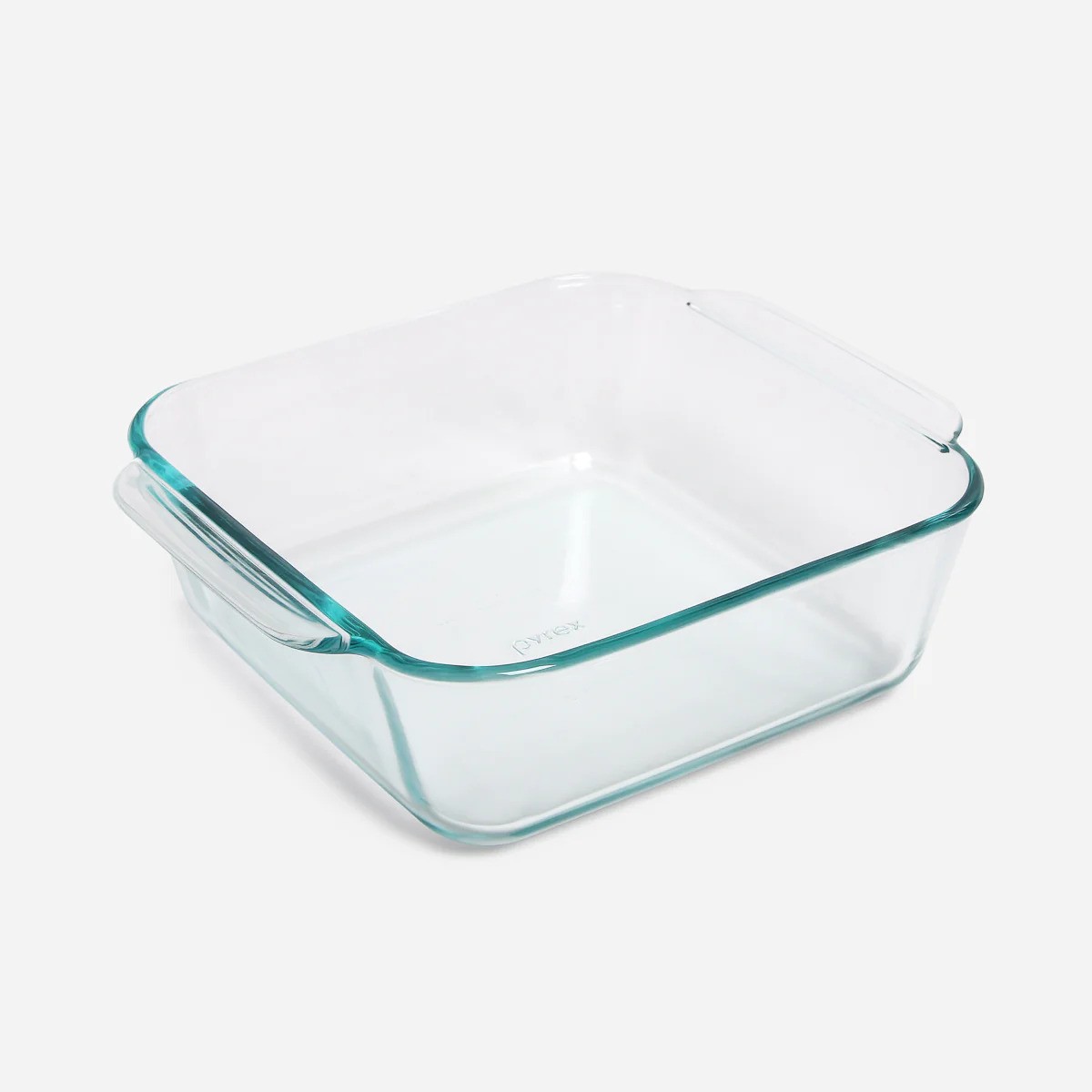


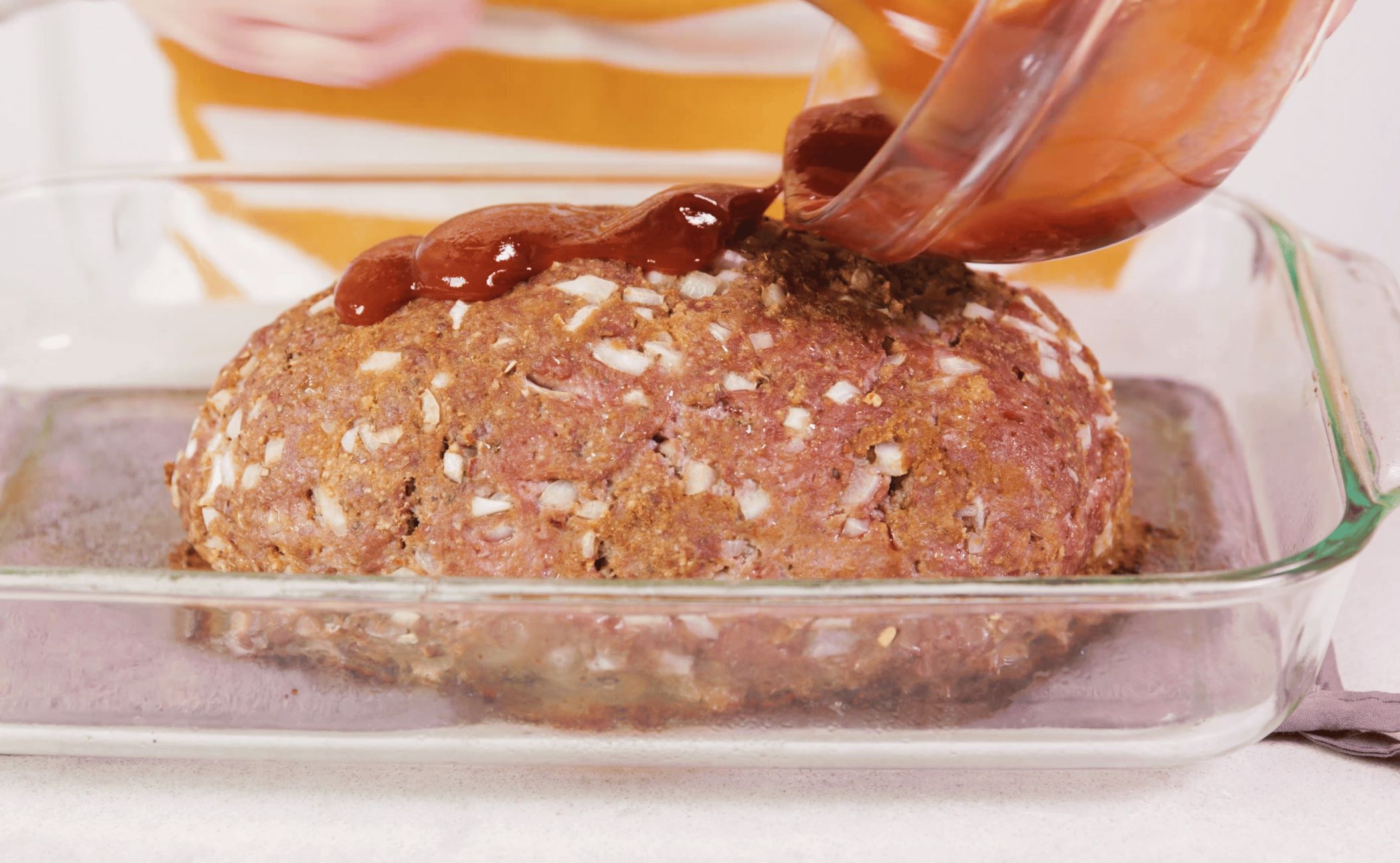

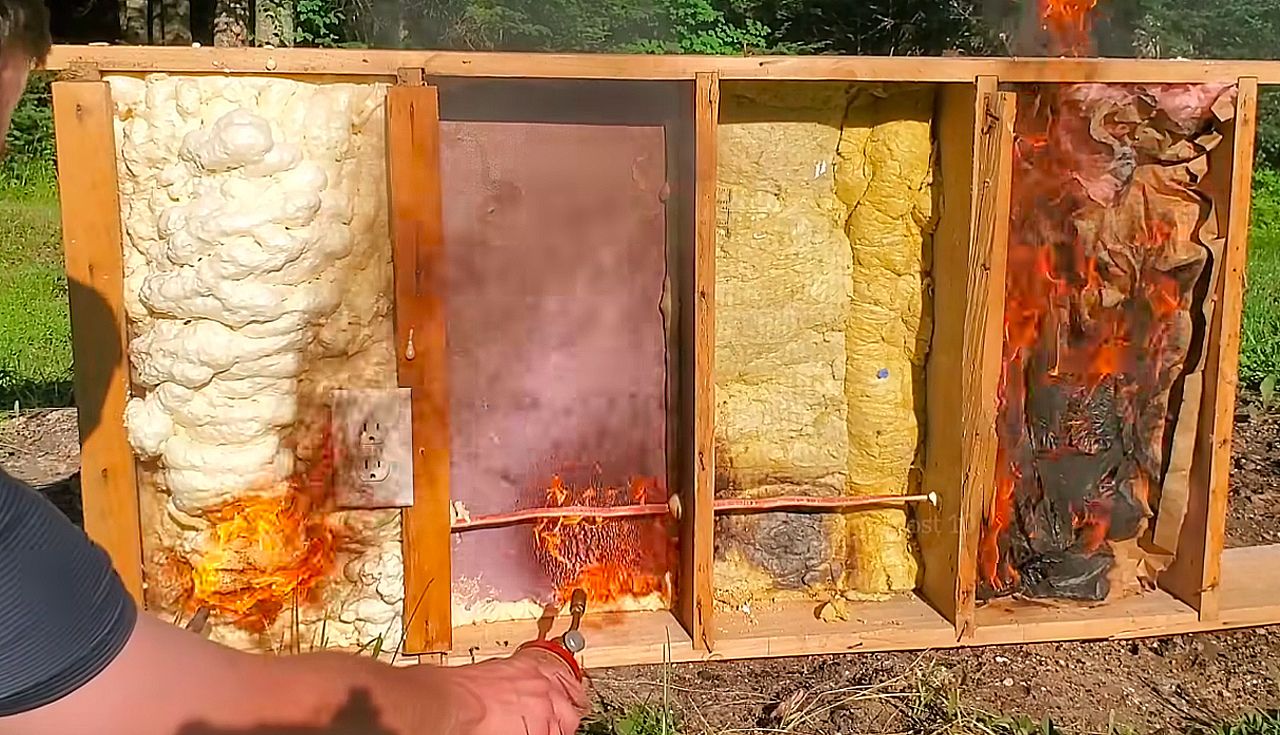


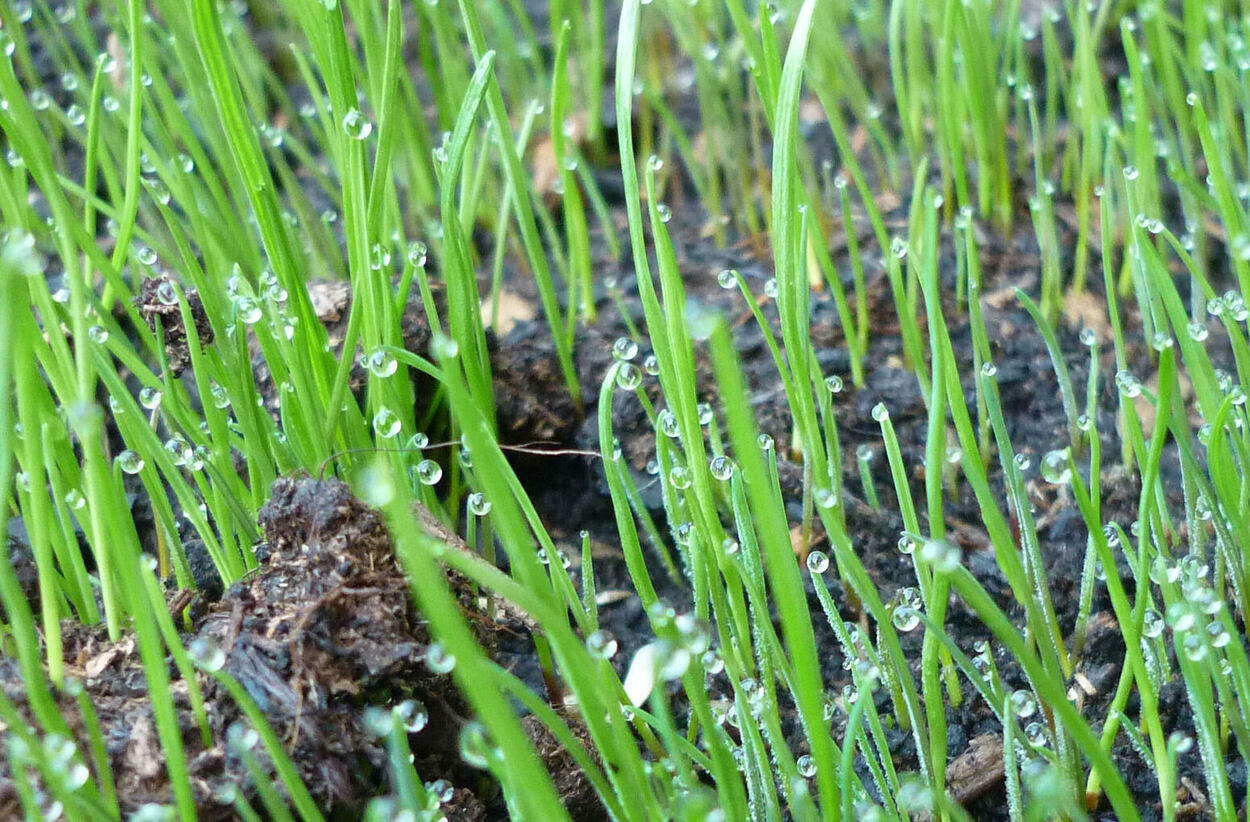
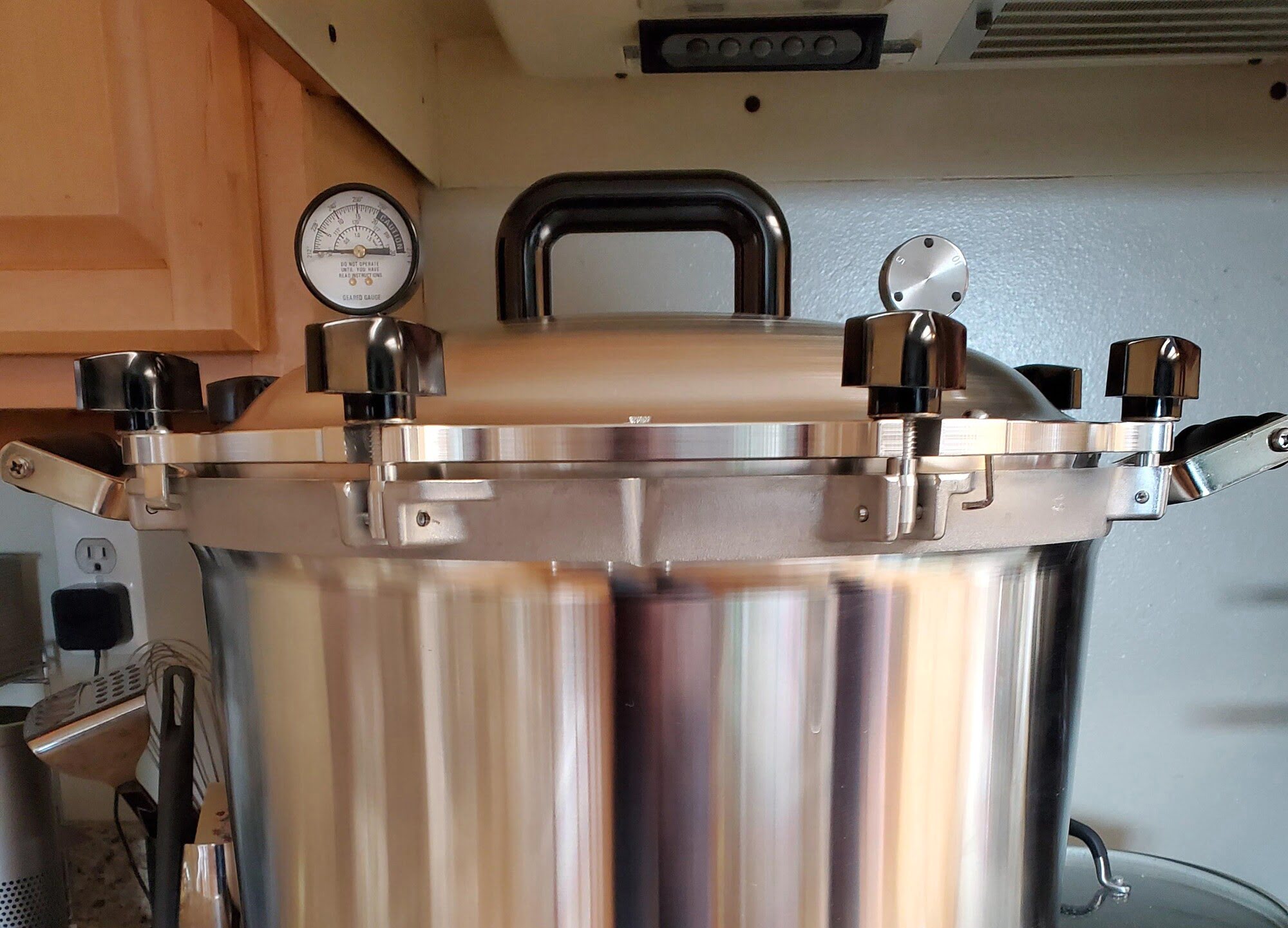

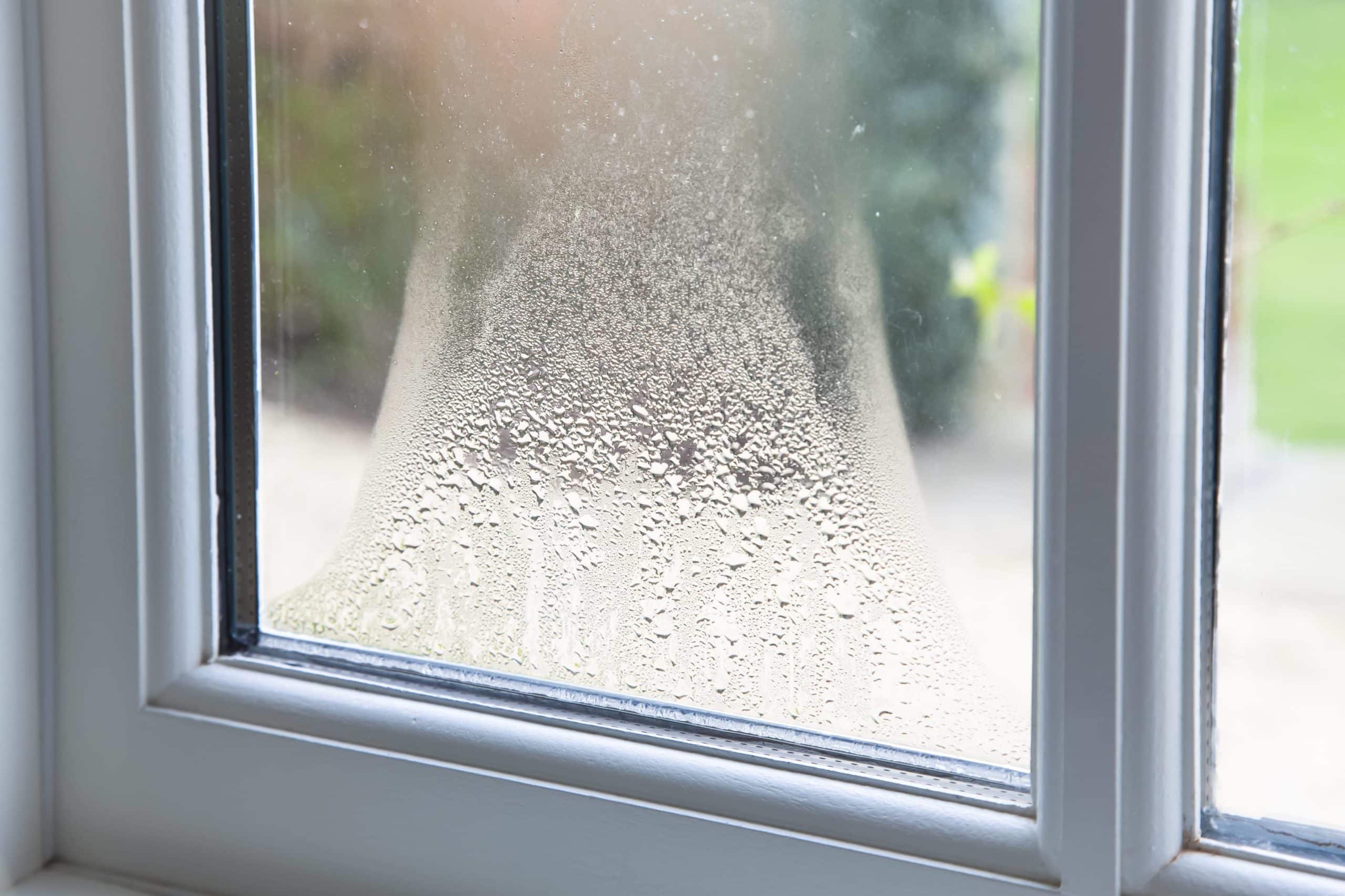

0 thoughts on “At What Temperature Does Sand Turn To Glass”